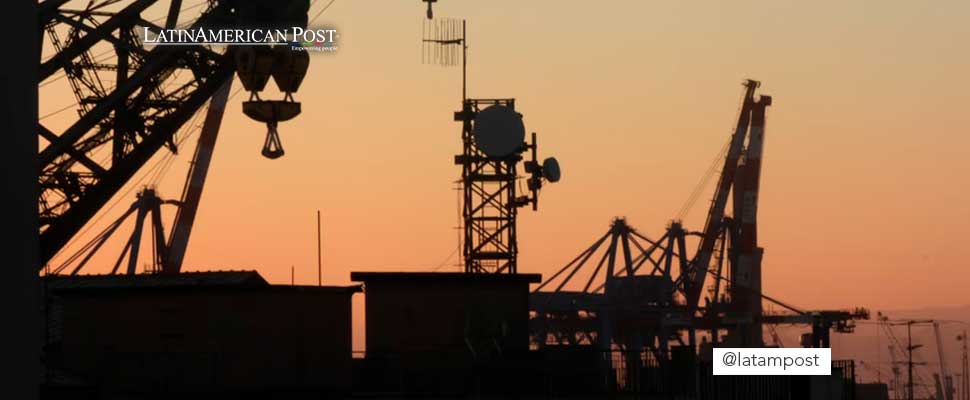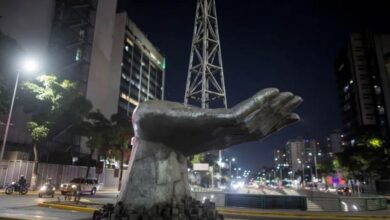Why Is the Rise In Oil Prices Not Benefiting Latin America?
Although the price of oil is already higher in relation to 2020, there are several countries in the region that do not see economic growth.

If this upward trend continues, oil could reach historical prices that it had not seen since 2014 of up to 100 dollars a barrel at the end of 2021. Photo: Unsplash
LatinAmerican Post | Christopher Ramírez Hernández
Listen to this article
Leer en español: ¿Por qué el aumento de precio del petróleo no está beneficiando a la economía en Latinoamérica?
The price of a barrel of oil continues to rise, reaching amounts of up to 80 dollars in crude oil, a little more than 60 dollars compared to the same time of 2020; however, this does not stop there. According to some of the main companies and organizations that analyze the current situation of crude in the world, such as Bank of America or JP Morgan, if this upward trend continues, oil could reach historical prices that it had not seen since 2014 of until $ 100 a barrel by the end of 2021 .
“This ($ 100 a barrel) is quite possible, (the price of oil) is now rising (…) We and our partners from OPEC (Organization of Petroleum Producing and Exporting Countries) are doing everything possible to stabilize the market "Added Russian President Vladimir Putin during an energy forum.
With all this, and taking into account that in Latin America there are several countries that extract this raw material, why does the increase in barrel prices in the world not end up having a positive impact on the region?
According to the most recent “World Economic Outlook” report published by the International Monetary Fund (IMF) at the beginning of October, Latin America and the Caribbean would have a growth of 6.3% at the end of this year, which is positive in compared to 2020 when the growth index closed in the red with -7.0% as a result of the ravages caused by the covid-19 pandemic.
Now, if the report is observed correctly, this growth would be transitory since, according to the data analyzed for 2022, the region would only have a growth of 3%.
World energy crisis
Although oil continues to boom and prices per barrel have an upward trend at the end of 2021, the truth is that according to experts these numbers may not be preserved for long, taking into account the energy crisis that the world is currently suffering.
At the beginning of the month, OPEC "reconfirmed the production adjustment plan" that it had agreed to in the middle of the year, which is based on being able to add production of 400 thousand barrels per day (bpd) for about six months (November 2021 and April 2022).
However, although the increase in production is considerable in relation to the figures that could be observed during the same time last year, the truth is that they are numbers that could be insufficient even given the high and growing demand for crude oil required by the current global economic revival.
In short, although a barrel of crude continues to rise and reaches the peaks of $ 100 predicted by world analysts, the little supply that exists from OPEC, an organization of which Venezuela is also a part, could cause countries to enter in what is known as "stagflation", a mix between high inflation (high demand, low supply) and stagnant economic growth. If it continues along the same route, crude oil would continue to increase in price without a tangible number of barrels to support the proposed demand.
In that case, companies around the world, including Latin America, would see their coffers affected since they are spending more on energy fuel, but without being able to acquire the raw material necessary to turn said expense into an investment.
"There is a pretty strong tendency to think that some kind of 'stagflation' is more likely in the next 12 months," Deutsche Bank said through research.
Import of petroleum derivatives
On the other hand, it must be clarified that although for countries like Colombia, Argentina or Brazil the rise in the price of oil can be seen as something beneficial knowing that they have extraction projects, the situation is not the same for other territories such as Chile. The country to the west of South America imports more than 90% of the crude it consumes, so as the price of oil increases, its suppliers will also progressively increase the price of gasoline they send to that country.
For its part, Argentina, which is one of those that have benefited in this short period, could also observe a small deficit in its growth taking into account that liquefied gas (another derived from hydrocarbons) must also be imported in large quantities to sustain energy expenditure in the country.
Also read: China Evergrande Crisis: How Does This Affect Latin America?
Finally, there is Venezuela, a country that extracts oil, but not all of it is profitable. Although for August the price of Merey – which is the denomination of Venezuelan crude – reached 51.76 dollars per barrel, it should be remembered that currently, the South American country has a series of blockades against PDVSA (Venezuela's state oil company).
"The new tax on diluted bitumen of 1.20 Yuan per liter (equivalent to 30 dollars per barrel), essentially eliminates the sales margins of Venezuelan barrels in the Chinese market," said Patricia Garip, senior contributing editor of Argus , a specialized organization, in price evaluations and analysis of international energy markets.
It should be remembered that the energy crisis in Latin America is also joined by some problems such as the recent social protests suffered in Colombia, as well as the change of government in Peru or the tax reform in Brazil.




